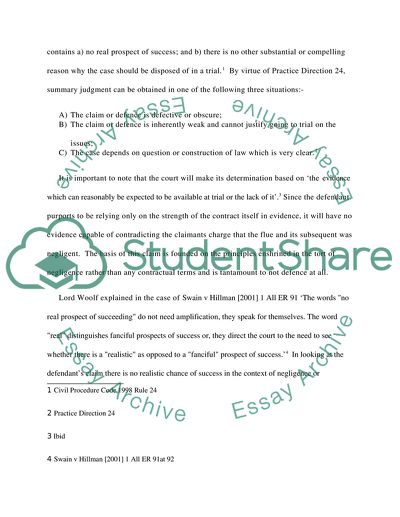Cite this document
(“Fairchild v Glenhaven Funeral Services Ltd Essay”, n.d.)
Retrieved from https://studentshare.org/law/1539940-case-study-and-legal-drafting
Retrieved from https://studentshare.org/law/1539940-case-study-and-legal-drafting
(Fairchild V Glenhaven Funeral Services Ltd Essay)
https://studentshare.org/law/1539940-case-study-and-legal-drafting.
https://studentshare.org/law/1539940-case-study-and-legal-drafting.
“Fairchild V Glenhaven Funeral Services Ltd Essay”, n.d. https://studentshare.org/law/1539940-case-study-and-legal-drafting.


